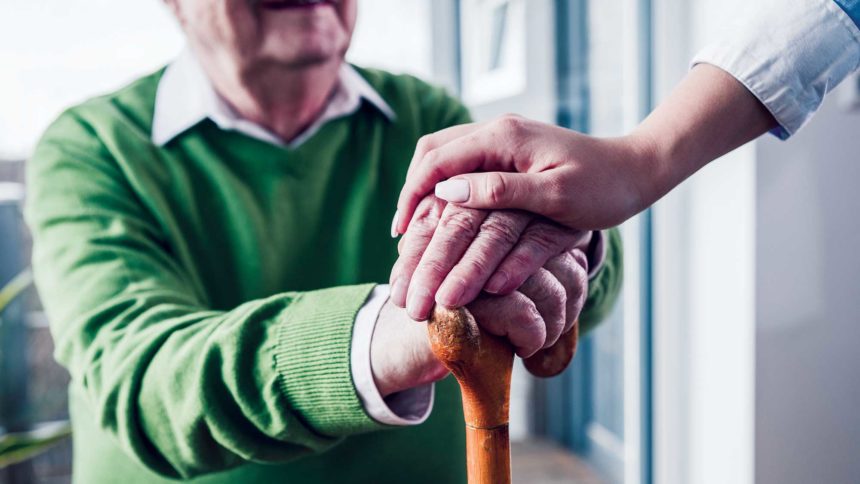
A new study of adults at high risk from the coronavirus highlights areas where nursing home residents and operations could be uniquely vulnerable to infection.
In 2017, approximately 1.3 million residents received care across 15,483 nursing facilities in the United States, according to researchers from the Kaiser Family Foundation. Investigators pulled the following data related to coronavirus outcome risk from that year:
Respiratory treatment: About 16% of all U.S. nursing home residents received respiratory therapies. This included respirators/ventilators, oxygen, inhalation therapy, and other treatments.
Depression: Nearly 40% of residents experienced symptoms of depression.
Deficiencies in infection control and other indices: Nearly 40% of facilities were found to have at least one infection control deficiency. These were followed by deficiencies in food sanitation (36%) and accident environment (34%).
Occupancy rates: Higher occupancy puts residents at greater risk of contagion. Nationally, 4 in 5 nursing facility beds were filled. Some states, including New York as well as Washington, D.C., reported 90% occupancy.
The data notes can be found here.




